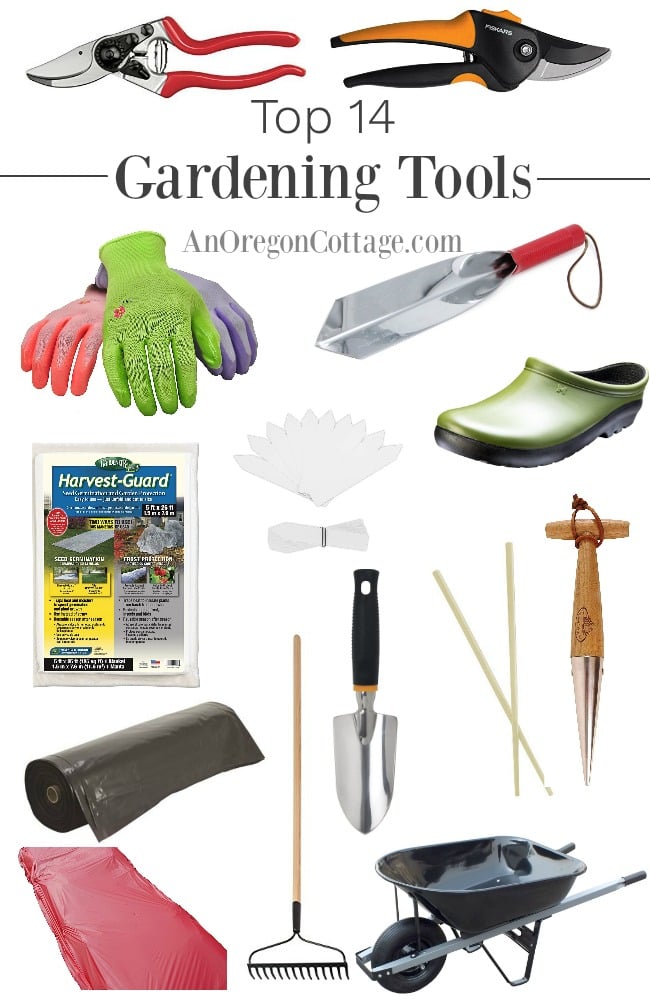The Essence of a Gardener’s Toolshed
Gardening, often seen as a nurturing endeavor, transcends mere cultivation of plants; it embodies a profound connection to nature. At the heart of this activity lies the toolshed, a sanctum for gardeners that houses an array of implements indispensable for the art of gardening. A meticulously organized toolshed is not only a practical necessity but also a reflection of the gardener’s philosophy. This article delves into the quintessential tools that define a well-equipped gardener’s arsenal, exploring their functionalities and significance within the broader context of horticultural practices.
Essential Hand Tools: The Gardener’s Companions
Hand tools serve as an extension of the gardener’s capabilities. They are often the first line of defense against the chaos of rapid plant growth and the inevitable weeds that accompany it. Within this domain, we can highlight several indispensable implements.
The Trowel: Small but Mighty
The trowel is a fundamental tool that every gardener should possess. This handheld device excels in various tasks, such as digging, planting, and transferring soil. Its versatility extends to manipulating delicate seedlings without disturbing their fragile roots. A trowel equipped with a contoured handle can offer ergonomic benefits, particularly during prolonged usage.
The Hand Pruner: Precision in the Palm of Your Hand
No gardener’s toolkit is complete without a hand pruner, also known as secateurs. This tool is paramount for maintaining plant health through systematic pruning. Effective pruning can prevent disease by enhancing air circulation within the foliage, thus promoting robust growth. A high-quality hand pruner, featuring replaceable blades, offers longevity and superior performance, proving to be an investment in the gardener’s future endeavors.
The Weeder: An Unsung Hero
Weeding is often seen as a Sisyphean task, yet it is crucial for the sustained health of a garden. The weeder is uniquely designed to extract weeds at their roots, minimizing their likelihood of regrowth. Various models exist; a traditional hand weeder or a more sophisticated, ergonomic design can significantly reduce the physical strain associated with this laborious task. Spotlighting the importance of this tool underscores the necessity of strategic design in ergonomic gardening tools.
Power Tools: Elevating Efficiency
In recent years, the proliferation of power tools has transformed gardening from a solely manual undertaking into a more efficient process. Power tools cater to various gardening tasks, significantly reducing time and physical labor.
The Electric Tiller: Breaking Ground with Ease
The electric tiller stands as a remarkable innovation in soil preparation. It avails gardeners the ability to loosen or aerate soil swiftly, creating an optimal environment for plant growth. This tool is particularly beneficial for those managing larger plots, where the manual labor associated with turning soil can be both tedious and physically demanding. When selecting a tiller, considerations should include the size of the garden and the type of soil to be worked.
The Hedge Trimmer: Sculpting Nature
No garden is truly complete without the perfect hedges. The hedge trimmer allows gardeners to maintain and shape their shrubs and hedges, providing aesthetic appeal along with health benefits for the plants. A well-pruned hedge can facilitate sunlight penetration, which is vital for its development. Depending on the scale of pruning required, both electric and gas-powered hedge trimmers are available, allowing for tailored solutions to the gardener’s needs.
Specialized Tools: Niche Necessities
Beyond the essential and power tools, specialized implements cater to specific gardening tasks. Understanding their utility emphasizes the diverse skills inherent in the craft of gardening.
The Garden Fork: Turning Over New Soil
The garden fork, often overlooked, is an indispensable companion in the compost realm. It serves as a crucial tool for aerating soil and mixing in organic materials such as compost or manure. By enriching the soil, gardeners facilitate the development of nutrient-rich earth that fosters resilient plant growth. A garden fork with sturdy tines can withstand the rigors of tough soils and prolonged use, making it a trustworthy ally in challenging garden conditions.
The Pruning Saw: For Heavy-Duty Tasks
When confronted with larger branches, a hand pruning saw becomes essential. Unlike traditional pruning shears, which may falter against thicker limbs, a pruning saw efficiently cuts through more substantial growth without damaging the plant. This tool is vital during winter prep when maintaining dormant trees and shrubs. Its design allows for ease of use in confined spaces, thus affirming the versatility essential in a gardener’s toolkit.
The Essential Maintenance: Caring for Tools
Even the best tools require diligent maintenance. Regular upkeep ensures longevity and optimal performance. Basic care includes cleaning after each use, sharpening blades, and checking for any rust or damage. Creating a routine for tool maintenance not only prolongs the lifecycle of the tools but also enhances the overall gardening experience. A well-lived tool contributes notably to the effectiveness of tasks and, therefore, the joy derived from gardening.
The Toolshed as a Reflection of Gardening Philosophy
The toolshed transcends its practical function; it encapsulates the gardener’s philosophy and approach to horticulture. An organized, well-stocked shed reflects a commitment to the craft. It signifies the respect for the art of gardening, the plants, and the intricate interactions within the ecosystem. The meticulous curation of tools demonstrates an understanding that gardening is not merely about the plants but the entire process, including learning, adaptation, and creativity.
In conclusion, the gardener’s toolshed serves as a microcosm of gardening philosophy. Each tool, whether manual or powered, plays a pivotal role in shaping the gardening experience. The thoughtful selection of these implements empowers gardeners to engage with their surroundings meaningfully. As one looks toward cultivating their garden, it becomes evident that the right tools can transform not just the plants, but the gardener’s relationship with nature itself. The tools may lie within the shed, but the knowledge they impart can flourish throughout the garden, fostering growth and resilience in the face of nature’s innate challenges.









Leave a Comment